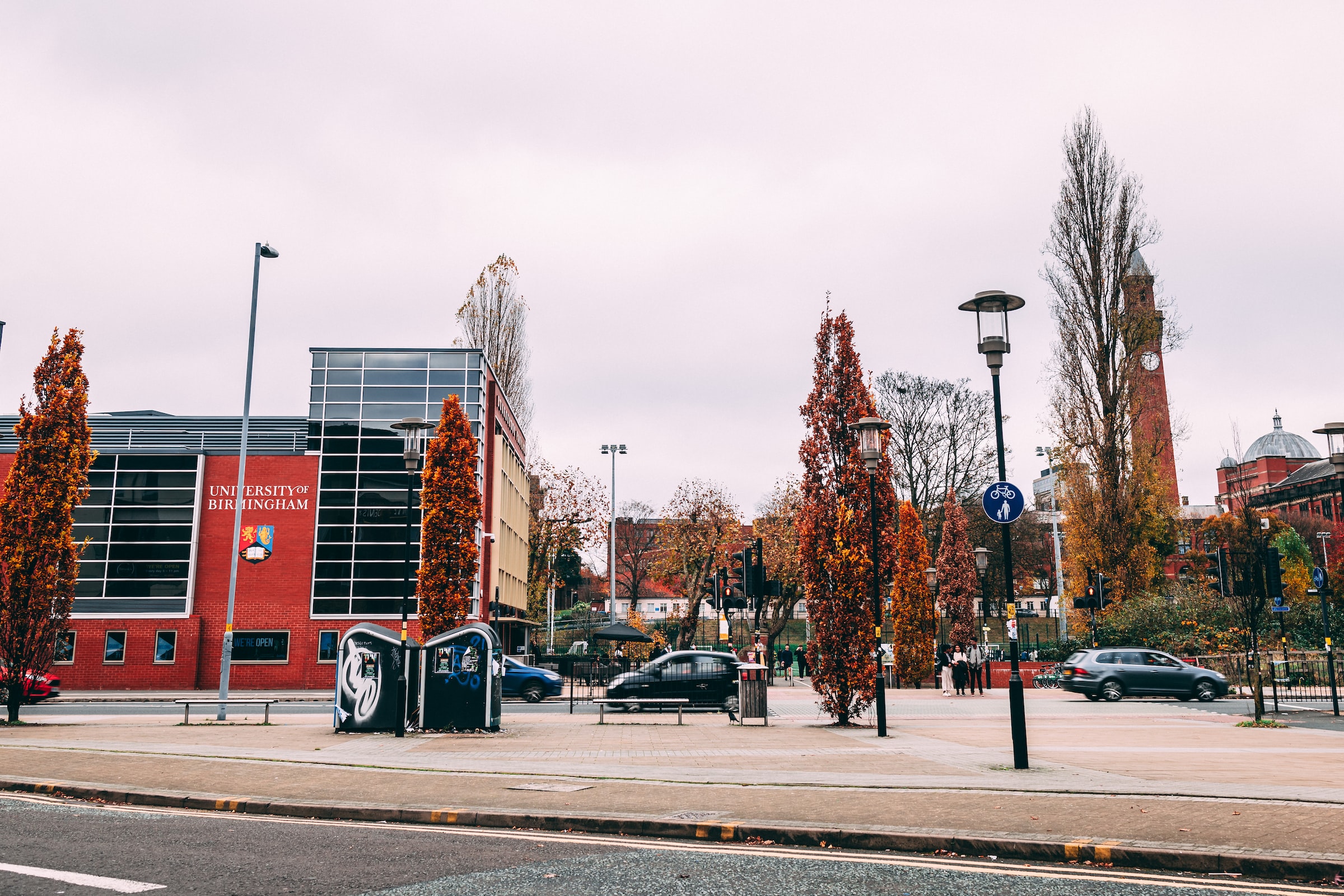
Culture writer Ffion Haf explores the age-old debate over graffiti’s value as an art-form, concluding that, in her eyes, its as valid as any other creative outlet
When you look up the word ‘vandalism,’ the first picture to appear will most likely be a graffiti painting. Graffiti is often condemned and considered vandalism because it does not ask for the permission of the public to be seen.
In reality, a can of spray paint used by street artists is simply another tool used to create a piece of art. Graffiti is viewed by some as evidence of social breakdown within communities. This contributes to the idea that even the slightest signs of disorder in a community will escalate to a breakdown of law and order. Many view graffiti as a gateway crime, leading to more deviant activity.
However, if the work of a street artist were printed on a canvas, rather than a tunnel or building, there would be no debate at all. Graffiti takes as much skill, dedication, and talent as any other art form and, in my opinion, should be regarded as nothing less.
“If the work of a street artist were printed on a canvas, rather than a tunnel or building, there would be no debate at all
Whilst there are certain boundaries when regarding the placement of graffiti, such as homes and non-commercial properties, it seems to me unfair to label someone’s hard work (requiring creativity and talent) as mere hooliganism. Graffiti is a form of artwork and is valid in its own right. What was once a blank wall of a building has the chance to become something completely new when decorated with graffiti. It becomes the expression of an artist’s vision for anyone to enjoy. Graffiti offers something that traditional art cannot; a lack of control from outside influence and an accessibility to a wide audience.
Street art can be used to convey raw, uncensored messages. For instance, Banksy, a graffiti artist based in the United Kingdom, has used his work to comment on social issues such as violence and homelessness. These emotional themes are made all the more powerful when put in the public sphere, without softening them for a commercial audience.
Unlike many street artists, Banksy has not faced criminal charges. His status as a renowned artist protects him from the persecution many working class graffiti artists face. Most building owners are thrilled to have a Banksy appear on their property as it increases substantially in value. Many view this attitude towards graffiti as hypocritical, why should the work of one artist be held in higher esteem than others?
Attempts to protect Banksy’s work attract criticism, with the artworks moved to gallery settings or put behind panes of glass, perhaps defeating the every-man nature of street art. Censoring the artwork of hundreds yet praising the work of another raises many problems with today’s society. Graffiti is seen as valuable and artistic only as long as it plays by the rules and is of commercial value.
Having contemplated the question of graffiti as art or eyesore, I have concluded in my own mind that surely it can be both. It is undeniably vandalism because it is illegal. It marks a property often without permission, and while an original Banksy may make the owner a lot of money, most graffiti costs the owner money to remove. London council estimated the cost of graffiti in the area at £7 million a year.
However, does this discredit graffiti as an art-form? I don’t think so. There will always be those with differing opinions on the matter and that is okay because art is subjective. Who are we to provide a value judgement on what is considered good or bad art? Anything can be art if it has meaning to you.
“Anything can be art if it has meaning to you
Graffiti is no less artistic than the pieces found in the Louvre or murals created in City Centres. It should be embraced, not discouraged. It brings light and vibrancy to dull surroundings, making every structure it touches unique and interesting. Street art is an expression on a public canvas, it has become one of the most poignant and creative forms of street art out there.
More recently it has been used to make statements about Black Lives Matter, a form of creative protest. It is becoming more widely accepted in society and there are even examples of state-sanctioned graffiti and commercial graffiti for businesses. Perhaps there is a way for graffiti to coexist with the law, but it remains a symbol of rebellion – a form of art that encourages challenge and debate.
Like this? Read more from Culture below:
The Cost of Restoring Heritage Sites: How Much is Too Much?
Are Poor Restoration Regulations Ruining Priceless Artifacts?

Comments